Traveling Iceland by campervan offers a unique way to experience the country’s vast natural beauty at your own pace.
This mode of travel combines freedom and flexibility, giving you direct access to remote areas where nature feels close and personal.
Whether waking up near a serene fjord or parking beside a powerful waterfall, campervan journeys invite immersion in Iceland’s diverse environments without the constraints of fixed schedules or accommodations. The road becomes your path to discovery, blending adventure with comfort and making every moment an opportunity to connect deeply with the surroundings.
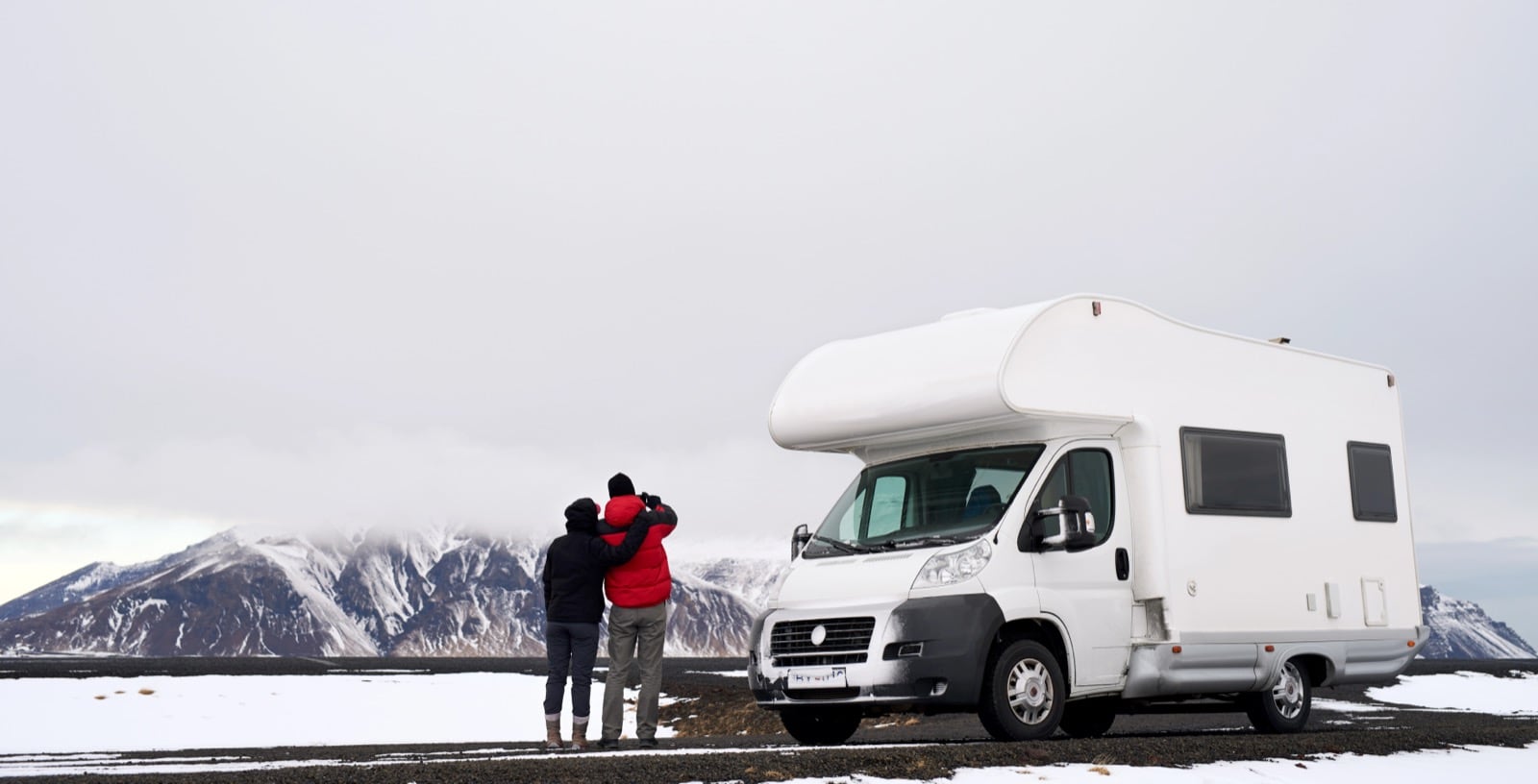
Choosing the Right Vehicle
One of the biggest decisions you'll make before hitting the road in Iceland is choosing the right vehicle. A basic car might work if you plan to stick to major roads and book hotels, but for more flexibility and built-in lodging, a camper rental gives you the ability to adapt on the go, especially when your route depends on the weather or your mood that day.
Picking the ideal campervan for an Iceland adventure depends on group size, travel style, and planned routes. Compact models suit solo travelers or couples seeking efficiency and ease of parking, while larger campervans and luxury options provide extra space and amenities for families or those prioritizing comfort.
For those planning to explore Iceland’s highlands or F-roads, a 4x4 campervan offers the traction and clearance needed for rougher terrain, while standard models are well-suited for the Ring Road and main routes.
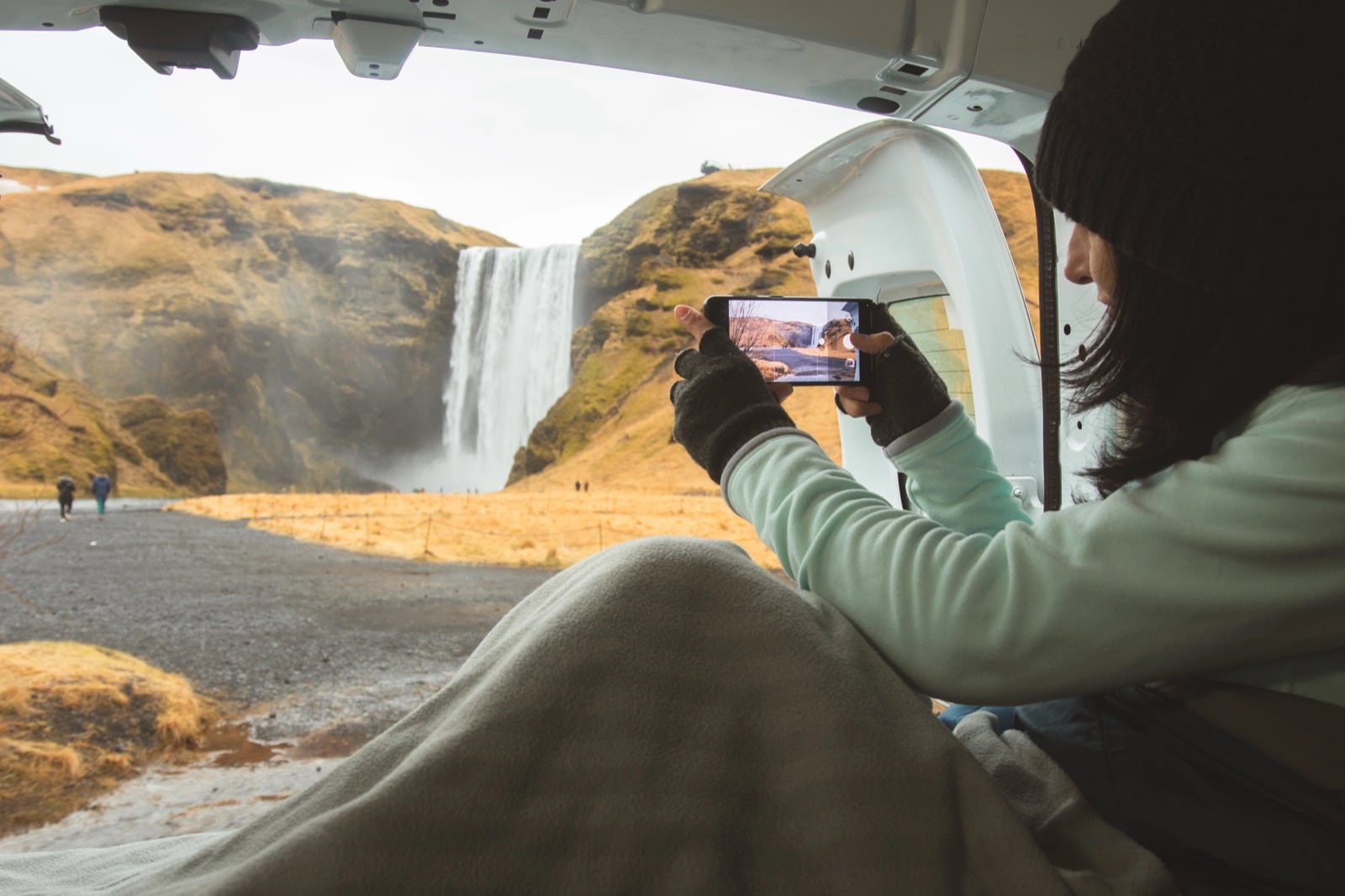
Transmission choice matters, especially given Iceland’s variable road conditions. Manual campervans are typically more budget-friendly and fuel-efficient, appealing to drivers confident with gear changes. Automatic options provide a simpler, more relaxed driving experience, particularly valuable for those less familiar with manual vehicles or when navigating challenging weather and winding roads.
Key features to prioritize include reliable heating systems and proper insulation, both essential for staying comfortable during chilly nights or winter travel. Look for campervans with strong battery setups or secondary power sources to keep devices charged and heaters running. Additional amenities such as cooking facilities, storage space, and blackout curtains enhance convenience and rest.
Packing and Gear Essentials
Iceland’s weather can shift quickly, so layering clothes made from moisture-wicking and insulating materials is key. Waterproof and windproof outerwear keeps you comfortable during sudden rain or strong winds. Sturdy, waterproof boots suit hikes and uneven terrain. Accessories like hats, gloves, and neck gaiters add warmth without taking up much space.
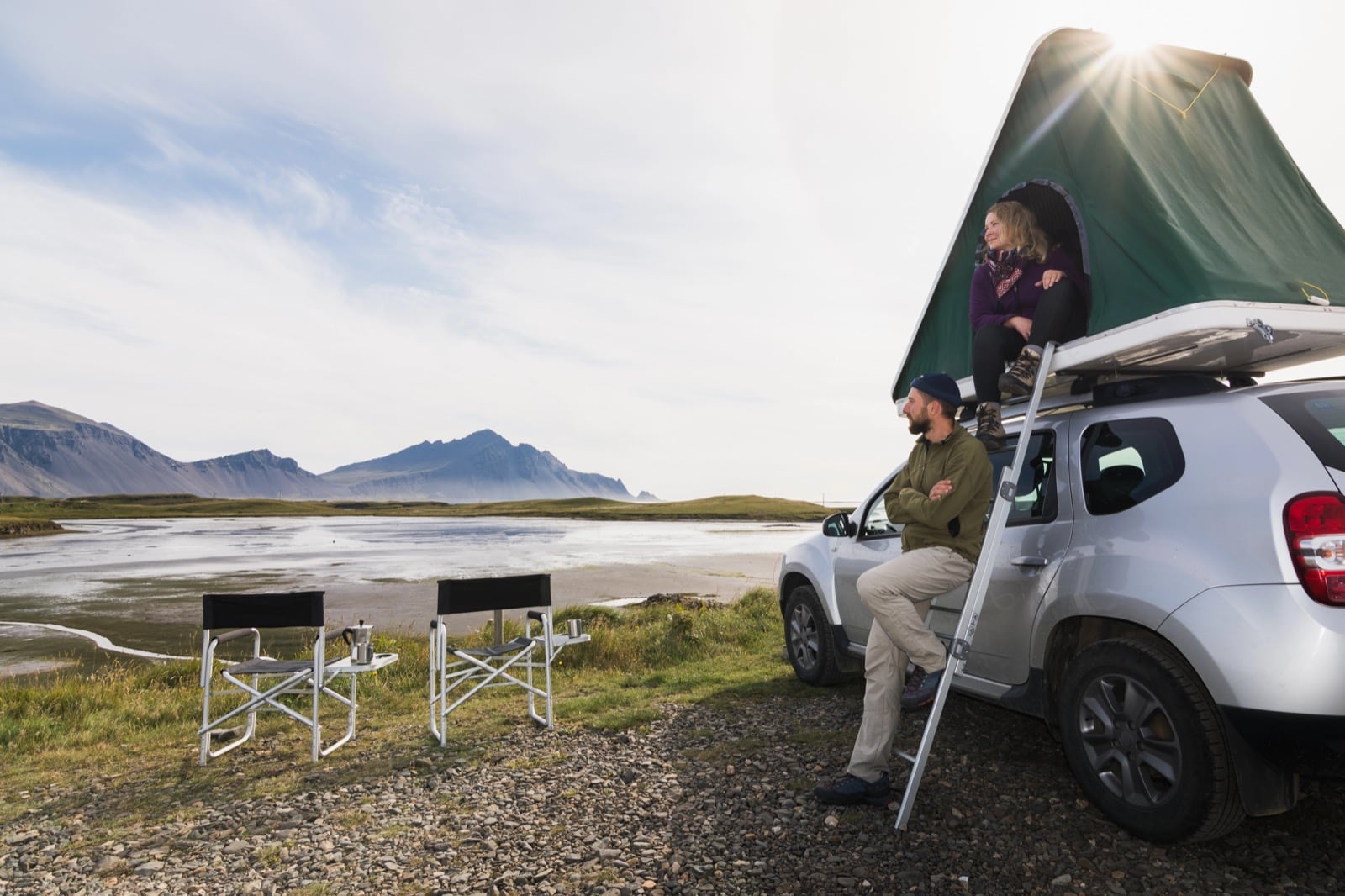
For cooking, a compact stove with reliable fuel and lightweight cookware works well inside a campervan kitchen. Basic utensils, reusable plates, and a sharp knife complete the setup. Bringing along a cooler or insulated bag helps keep perishables fresh. Don’t forget reusable water bottles and eco-friendly cleaning supplies for sustainable travel.
Maximize space by rolling clothes and using packing cubes to organize items efficiently. Multi-purpose gear, such as a jacket that doubles as a raincoat, reduces bulk. Store heavier items low and close to the campervan’s center for balance. Keep essentials within easy reach to simplify daily routines.
Focus on essentials to keep the load manageable. Extra bulky items or single-use gadgets often add unnecessary weight and take up valuable space. Prioritize versatile gear that serves multiple functions, making the most of limited storage while staying prepared for Iceland’s outdoors.
Planning Your Route
Route 1, known as the Ring Road, forms a complete circuit around Iceland, connecting many of the country’s most iconic sites and natural wonders. Starting from Reykjavík or Keflavík Airport, this well-maintained road brings you to highlights such as Þingvellir National Park, the powerful Gullfoss waterfall, the black sands of Reynisfjara, Jökulsárlón Glacier Lagoon, Lake Mývatn, and Goðafoss.
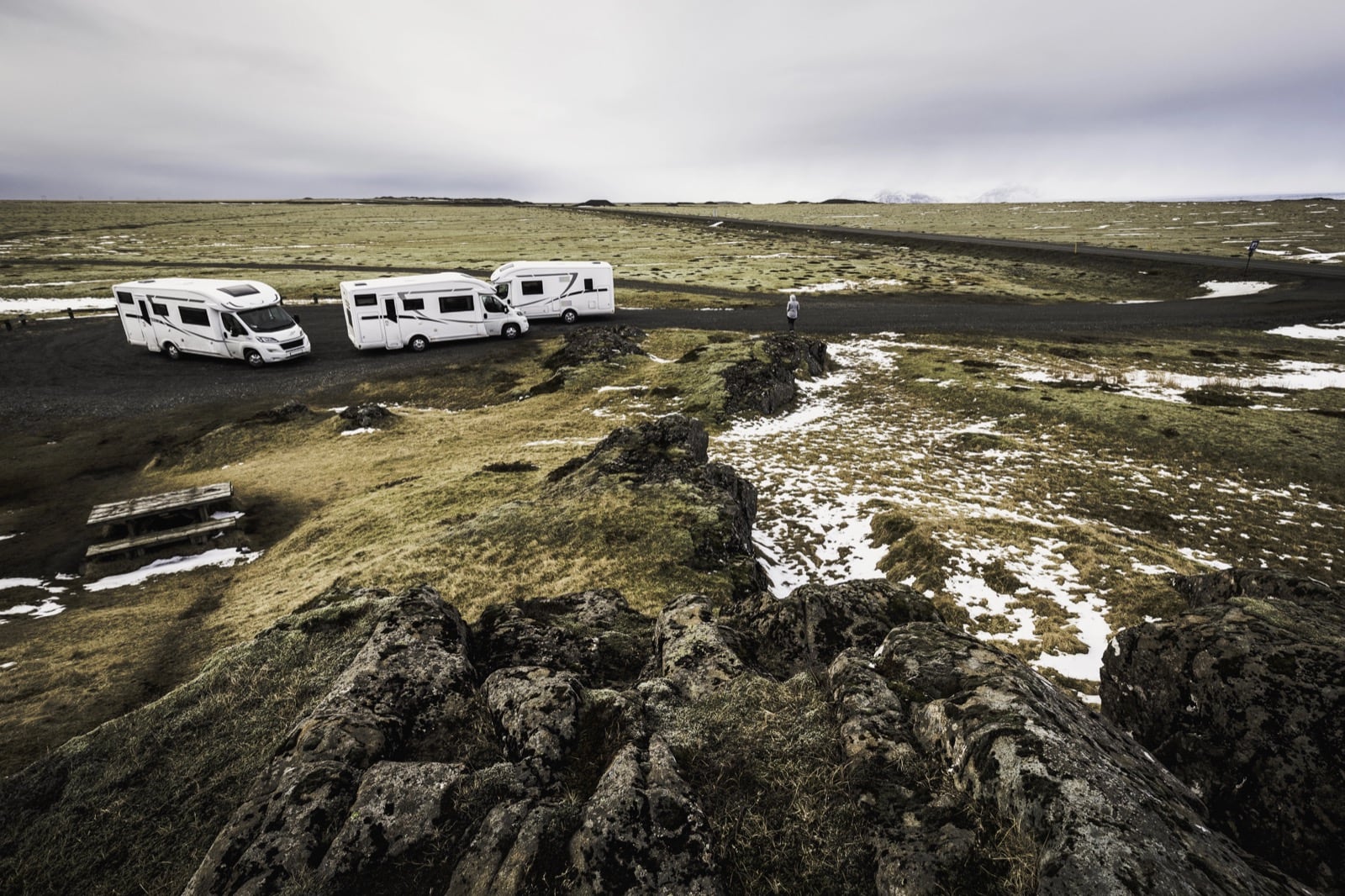
Popular detours include the Snæfellsnes Peninsula, celebrated for its volcanic peaks and coastal cliffs, and the Westfjords, home to dramatic fjords and the impressive Dynjandi waterfall.
Many of these attractions are easily reached by campervan, with regular stops for hiking, photography, and relaxation at geothermal baths. Flexibility is essential: Iceland’s weather can shift quickly, so adjust your daily plans based on real-time forecasts.
Apps like Veður (weather), SafeTravel (alerts), Park4Night (campsites), and Google Maps (navigation) help you adapt your route and find the best overnight spots. Download offline maps before setting out, as remote areas may lack mobile coverage. This approach keeps your journey safe, enjoyable, and full of discovery.
Campsites and Wild Camping Overnight
Overnight stays in Iceland with a campervan require adherence to strict camping regulations. Wild camping with campervans is prohibited by law; overnight parking for camping purposes is only legal at designated campsites.
Camping outside these areas is possible only with explicit landowner permission, which is rarely practical for most travelers. These rules protect Iceland’s delicate environment and maintain the country’s natural beauty.
Designated campsites are plentiful across Iceland, offering essential amenities such as toilets, showers, electricity, kitchens, and waste disposal.
Many sites provide additional comforts like laundry facilities, Wi-Fi, playgrounds, and even access to swimming pools or restaurants. Staying at these sites enhances safety, provides a sense of community, and connects travelers with fellow adventurers.
Top campsite recommendations include Skaftafell Campground in Vatnajökull National Park, known for its glacier access and year-round facilities; Húsafell Camping, ideal for families and close to geothermal pools; Skógar Campsite, near the iconic Skógafoss waterfall; and Hlíð Mývatn Campsite, perfect for exploring Lake Mývatn’s volcanic wonders.
Reykjavík Campsite offers modern amenities in the capital, making it a convenient base for urban and rural exploration.
Safety and Practical Tips
Iceland’s roads range from smooth highways to rugged gravel tracks and F-roads, with strong winds and single-lane bridges requiring extra caution, especially for campervans. Weather shifts rapidly; check forecasts daily and adjust plans if high winds or icy roads threaten safety.
Keep headlights on at all times, follow speed limits, and stay on marked roads to protect fragile terrain. For emergencies, call 112 or use the 112 Iceland app, which shares your location with responders. Carry essentials, keep your fuel topped up, and consult your rental company for breakdown procedures.
Photo source: depositphotos.com


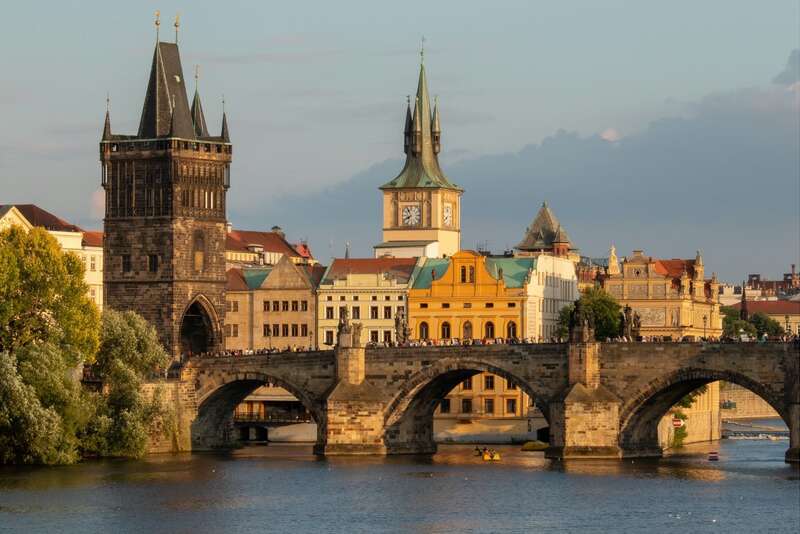
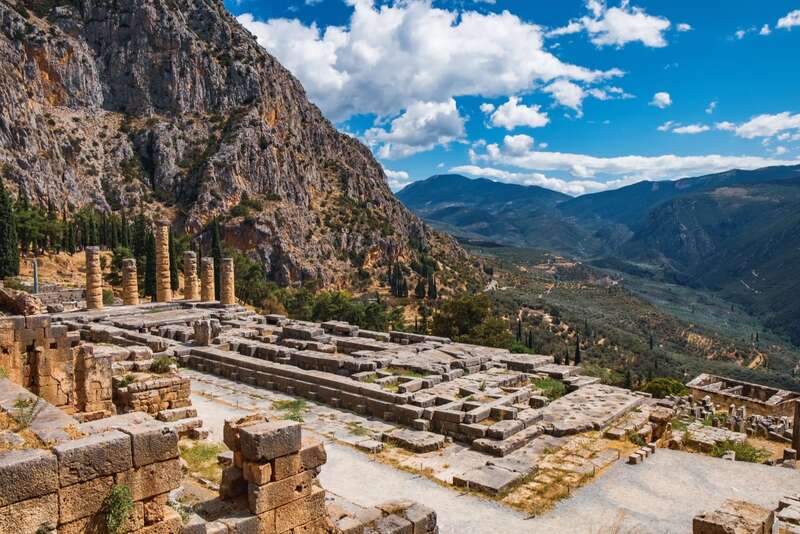

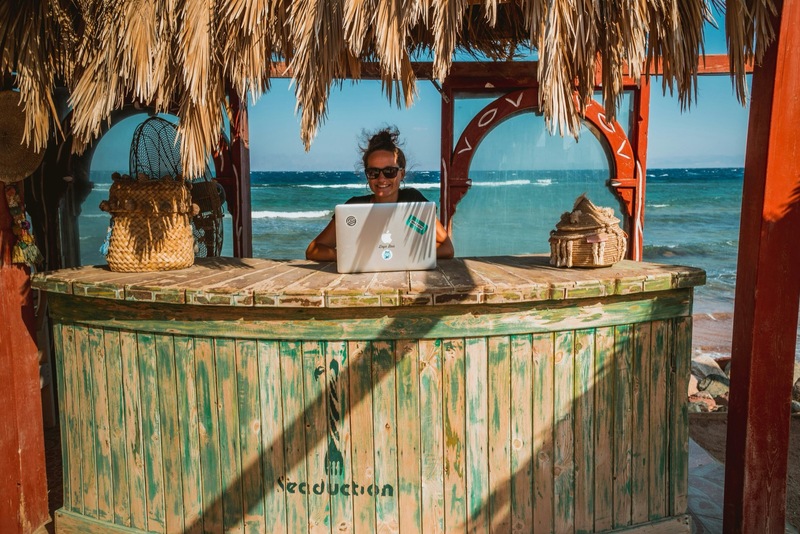

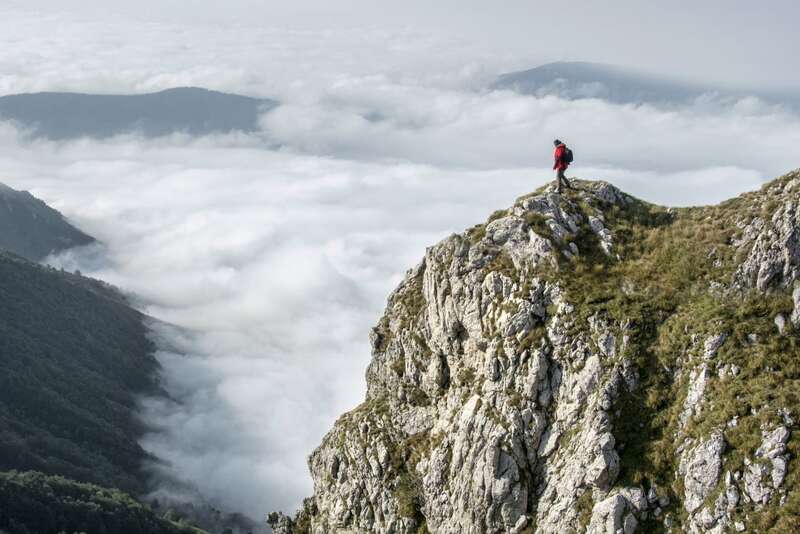
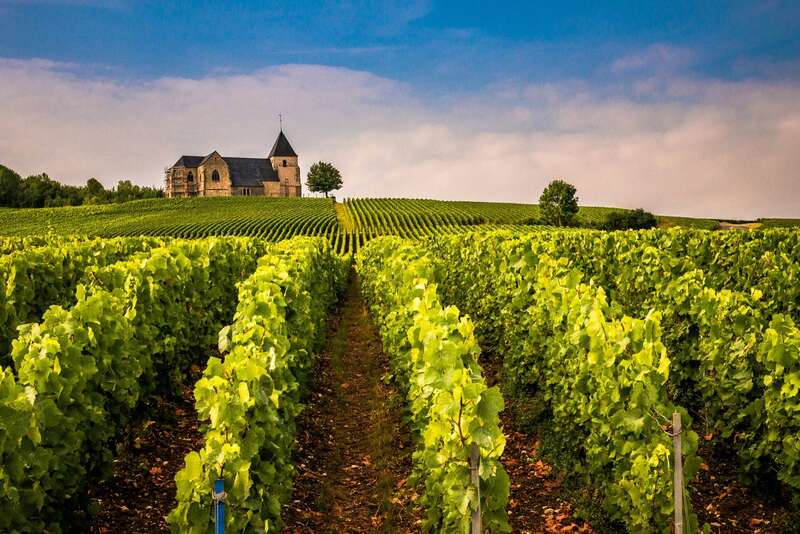

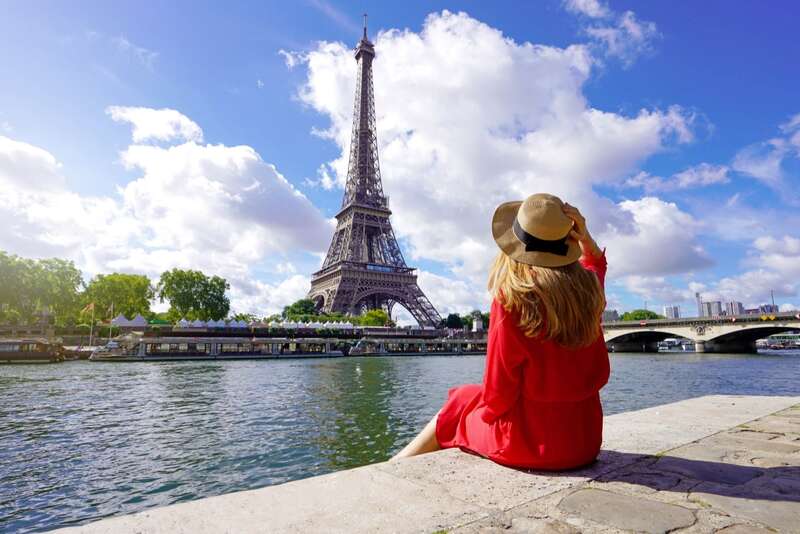

Write Your Comment
Please DO NOT include links, URLs or HTML in your comments - they will be automated deleted and you will waste your time.